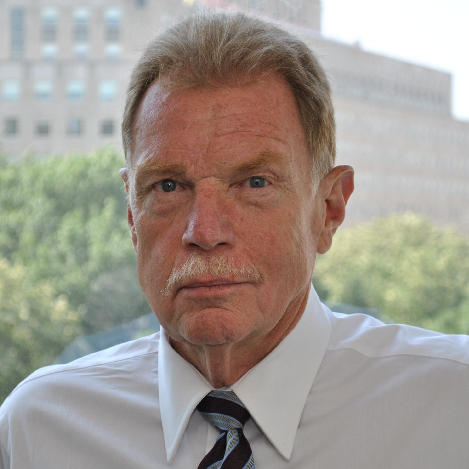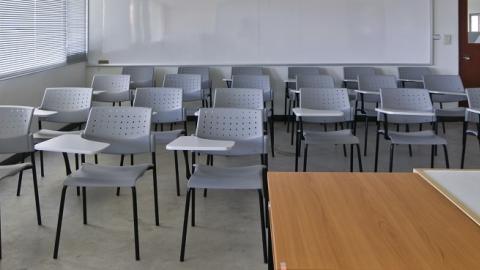Two recent measures of educational performance, one at the national level (National Assessment of Educational Progress, or NEAP) and one among 11 regional states and the District of Columbia showed not only poor and deteriorating performance for all students, but staggering differences between white students and black students.
At the national level, the NEAP reported that 66 percent of all 8th graders were “not proficient” in reading, rising to 67 percent in math. But for black 8th graders, fully 84 percent were “not proficient” in reading, with 87 percent “not proficient” in math.
And the report on students in the District of Columbia revealed an educational disaster. In 3rd through 8th grade, only 79 percent of whites were “proficient” in English, with 70 percent so for math. For black students, proficiency in either skill fell to 17 percent.
In high school, it got worse. Only 52 percent of whites were proficient in geometry, compared to four percent of blacks. In English, only 20 percent of black students were proficient, compared to 82 percent of whites.
Importantly, the blame falls not on the expectant students. It falls squarely on the institutions—and the adults—entrusted with the task of educating them. (The District spent $17,953 per pupil, outranking all states but Alaska, in the most recent, reported year.) Teaching youth is the most fundamental operation of any culture, upon which acquisition of other capacities will depend. If they can’t read, write, or calculate, we are failing to render self-sufficient in the tools of daily life the coming generation.
We may not have the power to fix all the things that are wrong with public schools. But surely we have the power, and the responsibility, to not make things worse, particularly for those already struggling. And making things worse is just what the District, and now other places in America, are doing, by making marijuana use more normalized and widespread.
According to the latest results from the National Epidemiological Survey on Alcohol and Related Conditions (NESARC), marijuana use doubled between the period 2001-2002 and the most recent wave of findings, the years 2012-2013. There was also a near-doubling of “marijuana-related disorders,” such that three-in-ten users now suffer problems.
But an equally troubling finding was what NESARC termed “significant increases across demographic subgroups.” In fact, __“Black and Hispanic individuals showed especially notable increases in the prevalence of marijuana use and marijuana use disorders, trends consistent with other studies showing that marijuana use is now more prevalent in black than white individuals.”__
These disturbing results for marijuana only add to the bad news, which most affects youth -- and perhaps critically affects disadvantaged youth.
No one says that drug use is the single factor “causing” student failure; there are documented institutional and social deficiencies enough for that. But who will not face that marijuana use will most penalize those most at risk? Minority youth are both using more dope and suffering more of the consequences, and the impact hits hardest those without support.
The clear science on adolescent marijuana use and school failure is undeniable The loss of 8 IQ points from heavy use, the measurable detriment to memory and learning, the risks of depression and psychosis for the vulnerable, the greatly increased risk of school drop-out; these are now well-established associations, and they seem to worsen as marijuana potency skyrockets, while dependency becomes “more severe.”
We can anticipate the objections from legalization advocates. Under the District’s rules, marijuana is still illegal for kids. But there is strong evidence showing that where marijuana is legalized and normalized, youth use soars, damaging learning and bringing addiction to the young.
It could also be that the “causation” is reversed; the reason that those failing in school are turning to marijuana is because they’re already failing in school. It’s possible, and may be true for some facing social disadvantage and psychological co-morbidities.
But surely that is no argument to therefore make dope wall-to-wall. One-in-every-eight high school kids in Colorado is now a current marijuana smoker. Moreover, teachers tell routinely another tale, of the high-performing youth who in a single semester changes dramatically—for the worse—and becomes a “stoner.” And then they lose them.
We should at least examine the true nature of the impact, and plan a response. We could explore programs like in-school screening for at-risk kids; if they’re starting to use drugs, it could be a chance to intervene and bring help.
Fixing this will require serious educational reform. Instead, inexplicably, the District determined to take us in the wrong direction – they legalized.
For education advocates and those of us especially concerned by the worsening failure of at-risk Americans in the classroom, it is time to recognize that the brain-altering effects of marijuana are now a dangerous and growing educational threat.
















